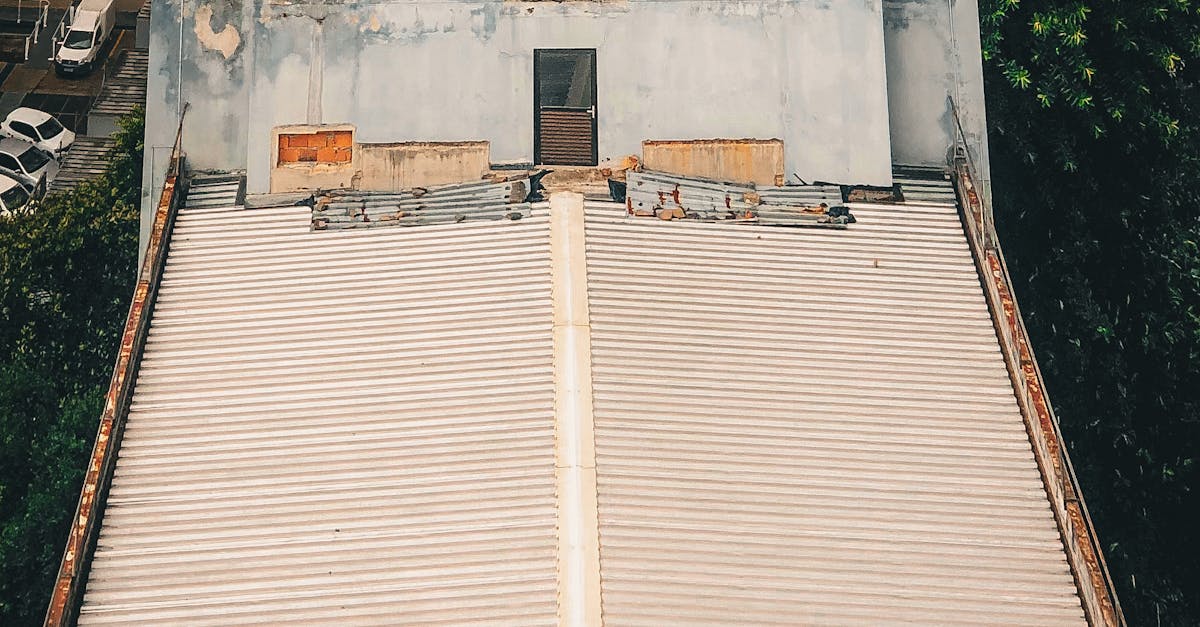Ceramic For Aluminum Roof Substitution Australia

Table Of Contents
Ceramic For Aluminum Roof Substitution Australia
When considering a roofing project in Sydney, understanding the local regulations is crucial. One of the key aspects to address is the Building Codes For Roofing Sydney, which dictate how roofing materials and systems should be installed to ensure safety, durability, and compliance with regional standards. Adhering to these codes not only protects homeowners from potential legal issues but also ensures that the structure can withstand the unique climate challenges faced in the area.
As homeowners become more interested in alternative materials for roofing, options such as tile or ceramic for metal roofing replacement have gained popularity. Utilizing tile or ceramic materials can enhance the aesthetic appeal of a home while providing significant durability. However, it is imperative to consult the building codes for roofing sydney throughout the planning and installation process to guarantee that the chosen materials and methods align with local requirements, thus maintaining the integrity and value of the property.
Advantages of Switching from Slate Roofs to Aluminum
Switching from slate roofing for aluminum brings numerous benefits for homeowners. One benefit is resilience. Metal roofs are recognized for their ability to withstand harsh weather conditions, such as heavy rain, snow, and strong winds. This robustness means into a longer lifespan compared to traditional slate options. Furthermore, aluminum roofs are less heavy, making installation easier and more cost-effective for homeowners.
Another pro of switching to aluminum roofing is the efficiency of energy use. Aluminum roofing reflect sunlight, which can help reduce cooling costs during hot summers. This not only contribute to lower energy bills, while they also encourage a more comfortable indoor environment. Furthermore, many steel roofing options are designed to be environmentally friendly, making a more eco-conscious choice for homeowners looking to improve their home's efficiency.
Why Transitioning from Metal Roofs in Sydney
Transitioning from metal roofs is an notable choice in homeowners in Sydney. This kind of roofing offers improved durability to withstand severe weather conditions, which is crucial in the local climate. Additionally, metal roofs demand minimal maintenance, saving homeowners time and money throughout the years.
Another perk of transitioning from metal roofing lies in its energy-saving capabilities. Metal roofs bounce back heat effectively, which can aid in reducing air conditioning costs during the hot summer months in Sydney. In addition, metal roofs are eco-friendly, often made from recycled materials and being fully recyclable at the end of their lifespan. This mix of benefits makes this decision to upgrade to metal roofing a wise investment for homeowners in New South Wales.
Typical Challenges When Replacing Slate Roofs to Aluminum
Replacing slate roofs to metal can present several issues for homeowners. One problem is a load difference between slate and metal materials. Tile roofs are generally heavier, which may require modifications to the existing roof structure to ensure the roof can support the new material. Additionally, a conversion from a roofing type to another often requires compliance with local building codes, which can add complexity to the project.
An additional common problem involves a potential for leaks or gaps during the installation process. Metal roofs require precise fitting and sealing to prevent water infiltration, which can lead to issues down the line. Inadequate installation techniques may not only compromise the roof's integrity but also result in higher maintenance costs. Alongside this, a shift in roofing style may also affect the home’s overall aesthetic, prompting residents to reassess their choices carefully before proceeding.
Ways to Overcome Problems of Roof Transition
Transitioning to a metallic roof from a tile roof can present various challenges. A primary concern is the structural integrity of the existing framework. Prior to the installation, it is essential to evaluate the condition of the underlying structure. Any weaknesses in the frame can lead to setbacks during the replacement process. Making necessary reinforcements can ensure a seamless transition to the new roofing material.
A significant issue that may arise is in regard to the adaptation of the roof's layout. Metal roofing systems can differ greatly in style compared to tiled roofs. Residents should consider how the new roof will integrate with the overall architecture of their home. Proper planning and consultation with roofing professionals can help in selecting a style that complements the existing structure. These steps can significantly enhance both the performance and appearance of the home.
Exploring Implementation Procedure for Ceramic to Steel Roof Replacement
Transitioning a slate roof for steel often is one important home improvement endeavor. The implementation process requires thorough planning along with a appropriate materials. To start, a old roof must be carefully removed, as this ensures a strong structure for the new steel roof.
Afterward, a implementation of new steel roof may start. Such process involves installing each steel panels across the prepared system. Correct sealing and fastening are vital to ensure water resistance and longevity. Finally, the final inspection becomes necessary to confirm all aspects is fitted accurately.
Detailed Guide of Roof Replacement Installation
Transitioning your tile roof to a steel roof may look challenging at first. Nonetheless, with a step-by-step overview, this process turns less complicated. Initially, it is important to assess the existing tile roof for any problems or weak points. Next, thoughtfully remove the tiles while making sure the underlying structure remains intact.
When the tiles are removed, installing the metal roofing requires proper preparation of the decking. The step involves adding a moisture barrier to shield the roof from water damage. Then, the metal panels can be fastened to the roof structure with the appropriate fasteners. In conclusion, it is imperative to ensure all seams are sealed properly to prevent leaks. Wrapping up the project involves a thorough inspection to ensure everything is set correctly.